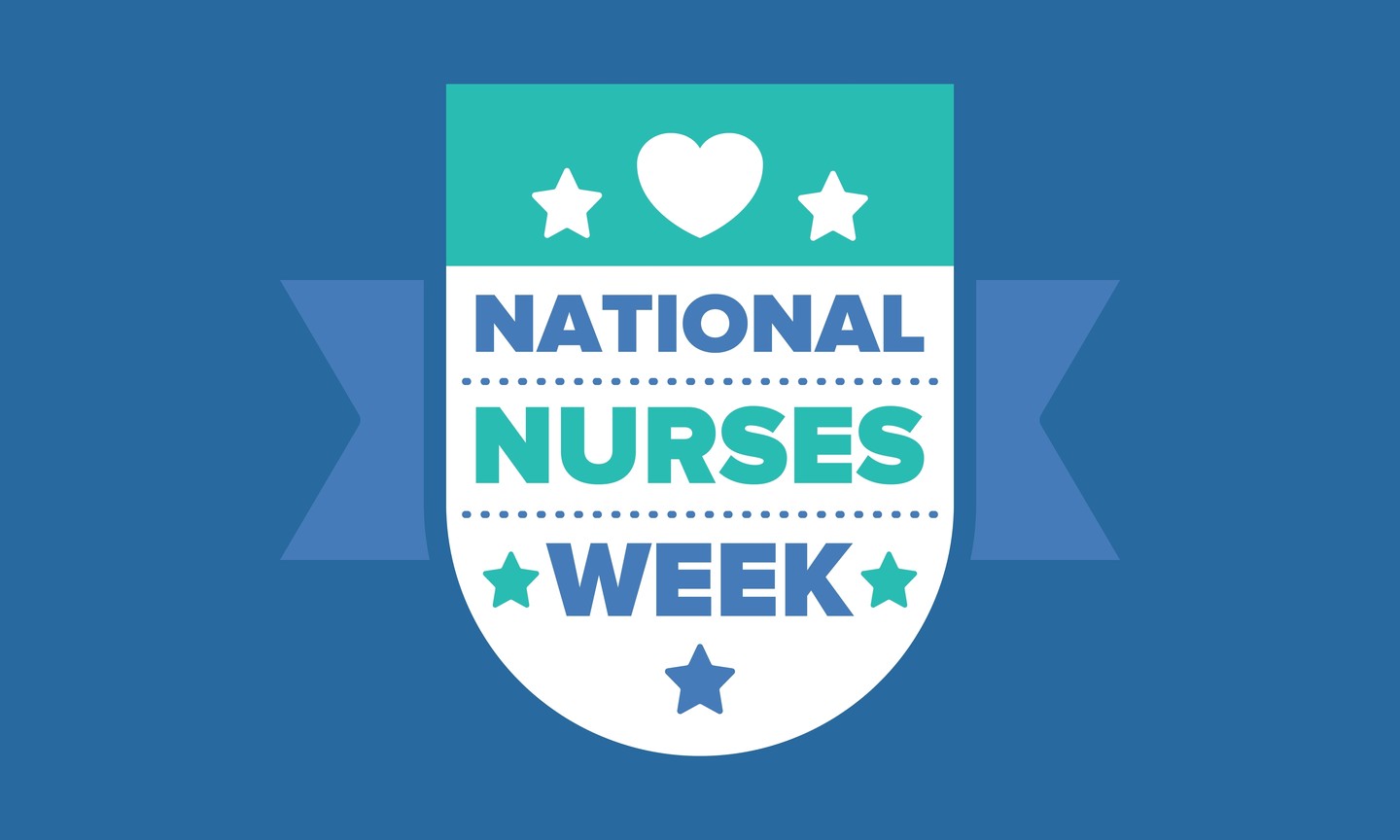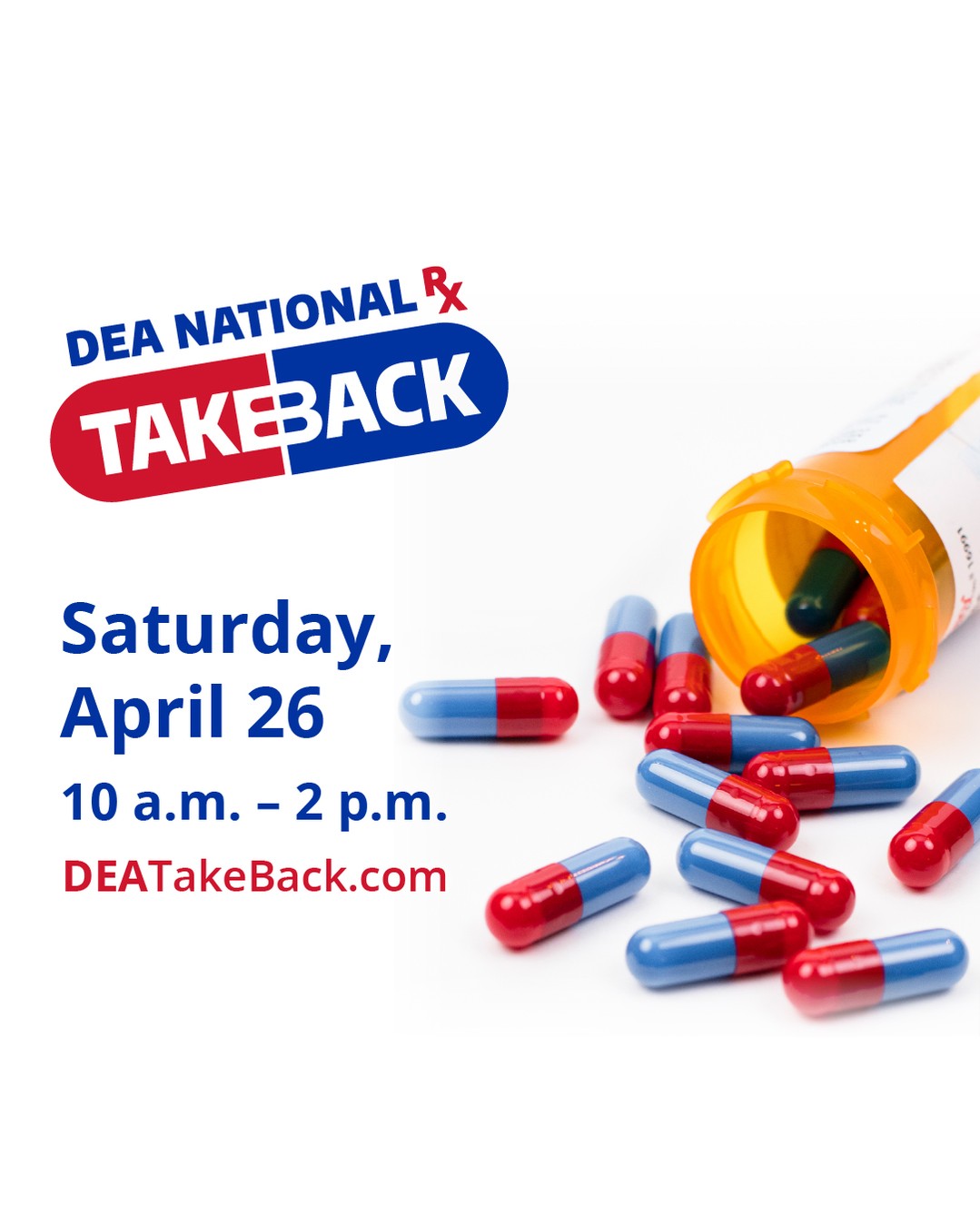In today’s tech-dominated world, as more digital devices permeate the practice of medicine, they simultaneously create more opportunities for HIPAA law violations. Telling somebody too much about a patient, walking away from an unlocked computer, or even trying to catch up on a backlog of EHRs on the weekend could all put you on the wrong side of the law. Watch out for these 5 actions that could leave you or your employer facing some […]
Read MoreArticles by Waste Medic
BCCA Unveils New Tool to Fight Prescription Drug Abuse
BCCA’s incinerator will be used to destroy prescription drugs collected from nine permanent drug drop boxes across Baldwin County, AL. On average, 130 Americans die every day from an opioid overdose, including prescription and illicit drugs, according to the Centers for Disease Control and Prevention. Alabama’s Baldwin County Community Alliance (BCCA) has unveiled its newest tool to fight prescription drug abuse—an incinerator, which will be used to properly destroy prescription drugs collected from […]
Read MoreHIPAA Compliance Checklist
Any organization that has access to electronic Protected Health Information (ePHI) must comply with HIPAA. If your organization needs to be compliant, this isn’t something you can delay or phase in gradually because failure to meet HIPAA compliance can carry steep penalties. (On the positive side, becoming HIPAA compliant can be a tremendous business driver if you’re interested in starting a company, entering a new market, attracting new customers, or reducing the time it takes […]
Read MoreHHS Gives Dental Practice Posting PHI on Yelp a Bad Review
A dental practice in Texas that responded to patients’ Yelp reviews by disclosing patient names and other health information has gotten a bad review from federal regulators: A $10,000 HIPAA monetary settlement and a corrective action plan. In a statement Wednesday, the Department of Health and Human Services said the settlement with Elite Dental Associates of Dallas centered on a patient complaint received in 2016 by HHS’ Office of Civil Rights, which enforces HIPAA. […]
Read MoreHIPAA: At what cost?
Amazon.com, on Prime Day this year, announced that customers would be given a $10 credit if they agreed to let Amazon track their browsing data and use these data in the marketing of services or products that may be completely unrelated to those purchased from Amazon. An astonishing 7 million people agreed to the price and handed over their browsing privacy. The logic is simple: privacy has both a value to consumers and businesses. What […]
Read MoreThe Nation’s Opioid Epidemic: HCA Healthcare’s Commitment to “Crush the Crisis”
A learning health system, HCA Healthcare is harnessing powerful data-driven tools to curb the tide of the opioid crisis. We seek to raise the bar higher, not just for ourselves, but for communities everywhere affected by opioids. Find out more here… We’re proud to announce our first national “Crush the Crisis” opioid take back day. On Saturday, September 7, 2019 more than 65 HCA Healthcare facilities will partner with local law enforcement agencies to […]
Read MoreMajority of providers fall short of compliance with HIPAA access requirements
More than half of healthcare providers are out of compliance with HIPAA right of access requirements, with the most common failures revolving around a refusal to send records to patients or patients’ designees by email, according to a study and survey published by health manuscript archive company medRxiv. In the telephone survey portion of the study, it was found that almost a quarter of respondents, 24%, were potentially noncompliant with HIPPA’s fee limitations. […]
Read MoreEducation key to safe sharps disposal practices
People with diabetes threw out sharps safely when they were instructed in the correct disposal method, according to findings presented at the American Association of Diabetes Educators annual meeting. “Just distributing information may not be as valuable as taking time to provide proper instruction on home sharps disposal,” Jana Wardian, PhD, MSW, research director, at the Diabetes Center of Excellence and research assistant professor at the Uniformed Services University Wilford Hall Medical Center in […]
Read MoreThe New EPA Regulation Changes Affect Optometry Practices
A set of regulatory changes from the U.S. Environmental Protection Agency will affect optometric practices and clinics starting Aug. 21, according to the American Optometric Association. Hazardous waste pharmaceutical (HWP) management standards will prohibit healthcare facilities from disposing of such wastes down the drain, AOA reports. The standards apply to all healthcare facilities, irrespective of size or waste generation. The rules are intended to “reduce the environmental and human health risks associated with […]
Read MoreThe Impact of EPA Rule on Hazardous Waste Pharmaceuticals
A new EPA rule on hazardous waste pharmaceuticals has healthcare executives rethinking their plan to dispose of drugs and hazardous waste. Among other things, these new regulations in the final rule prohibit the disposal of hazardous waste pharmaceuticals down the drain and eliminates the dual regulation of RCRA hazardous waste pharmaceuticals that are also Drug Enforcement Administration (DEA) controlled substances. The new rules also maintains the household hazardous waste exemption for pharmaceuticals collected during […]
Read More




















